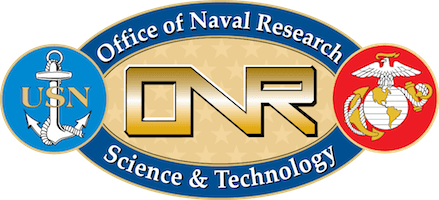
ShapeNet is an ongoing effort to establish a richly-annotated, large-scale dataset of 3D shapes.
We provide researchers around the world with this data to enable research in computer graphics, computer vision, robotics, and other related disciplines. ShapeNet is a collaborative effort between researchers at Princeton, Stanford and TTIC.ShapeNet is organized according to the WordNet hierarchy.
Each meaningful concept in WordNet, possibly described by multiple words or word phrases, is called a "synonym set" or "synset". There are more than 100,000 synsets in WordNet, the majority of them being nouns (80,000+).ShapeNet is made of several different subsets:
ShapeNetCore
ShapeNetCore is a subset of the full ShapeNet dataset with single clean 3D models and manually verified category
and alignment annotations. It covers 55 common object categories with about 51,300 unique 3D models. The 12 object categories of PASCAL 3D+, a popular computer vision 3D benchmark dataset, are all covered by ShapeNetCore.
ShapeNetSem
ShapeNetSem is a smaller, more densely annotated subset consisting of 12,000 models spread over a broader set of
270 categories. In addition to manually verified category labels and consistent alignments, these models are annotated with real-world dimensions, estimates of their material composition at the category level, and estimates of their total volume and weight.If you are a researcher and would like to get access to the model data in OBJ+MTL format, please register an account by clicking on the Sign Up tab. After your account is verified and approved by a website administrator, you will receive download access to the processed mesh data and the associated annotation metadata of various models.
Research Team
Past Collaborators:
Does ShapeNet own the 3D model data? Can I download the 3D models and annotations?
No, the original creators of the 3D models own the copyright. ShapeNet provides thumbnails and 3D visualizations of the models organized in WordNet synsets.
Can I download the 3D models and annotations?
For non-commercial research and/or educational purposes, we can provide download access to the processed mesh data and the associated annotation metadata through our site. To get access please sign up for a registered user account.
How do I render the ShapeNet models?
For easy viewing and rendering of ShapeNet models, we provide the ShapeNet Viewer. The Mitsuba raytracing framework has also been forked by one of our users for rendering ShapeNet models: https://github.com/shi-jian/mitsuba-shapenet.
Get in touch with us by sending an email to shapenetwebmaster@gmail.com.


